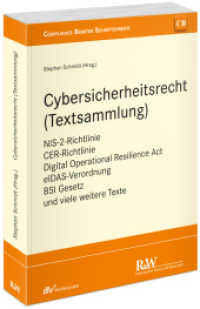Full Description
Heritage language bilingualism refers to contexts where a minority language spoken at home is (one of) the first native language(s) of an individual who grows up and typically becomes dominant in the societal majority language. Heritage language bilinguals often wind up with grammatical systems that differ in interesting ways from dominant-native speakers growing up where their heritage language is the majority one. Understanding the trajectories and outcomes of heritage language bilingual grammatical competence, performance, language usage patterns, identities and more related topics sits at the core of many research programs across a wide array of theoretical paradigms. The study of heritage language bilingualism has grown exponentially over the past two decades. This expansion in interest has seen, in parallel, extensions in methodologies applied, bridges built between closely related fields such as the study of language contact and linguistic attrition. As is typical in linguistics, not all languages are studied to the same degree. The present volume showcases what Turkish as a heritage language brings to bear for key questions in the study of heritage language bilingualism and beyond. In many ways, Turkish is an ideal language to be studied because of its large diaspora across the world, in particular Europe. The papers in this volume are diverse: from psycholinguistic, to ethnographic, to classroom-based studies featuring Turkish as a heritage language. Together they equal more than their subparts, leading to the conclusion that understudied heritage languages like Turkish provide missing pieces to the puzzle of understanding the variables that give rise to the continuum of outcomes characteristic of heritage language speakers.






